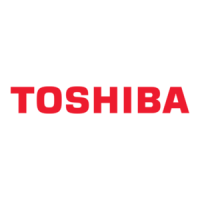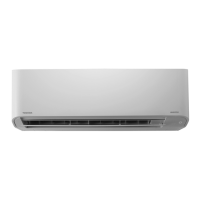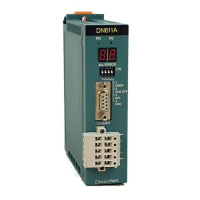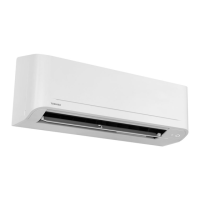6F8C0878 3
1
Features of Ethernet (10BASE5, 10BASE2)
The monitoring and control network Ethernet for the integrated controller V series can
expand the segments and extend the maximum transmission distance using an electric
repeater or an optical repeater.
A system which includes both 10BASE5 and 10BASE2 permits connection of each
network using a hub.
Features of Ethernet (100BASE-TX / 10BASE-T)
The maximum transmission distance can be extended by connecting one controller to
another with a hub and connecting one hub to another.
The Ethernet module offers the following features.
• The Ethernet has two types of transmission path: 10BASE5 and 10BASE2, and
100BASE-TX/10BASE-T.
• High reliability can be achieved by redundant transmission path configuration.
• Multihost and multiport functions are available on the system buses.
• Send/receive requests from two or more hosts can be processed on the Ethernet, and
send/receive requests from the hosts to two or more Ethernet modules can be
processed.
• Group broadcast is enabled by the multicast transmission function.
• TCP/UDP/IP, PCMP, and IRCP are supported as standard protocols, making not only
general Ethernet devices but also the EN modules compatible in terms of protocols
with the Toshiba small-scale surveillance and control system TOSDIC-CIE 1200 and
the programmable controller PROSEC T series. The FN modules can be connected to
the surveillance and control system TOSDIC-CIE DS.
• The relay function permits direct relay of transmitted messages between the modules
of other Ethernet network. (Future)
Note: PCMP : Process Control Message Protocol
IRCP : Internet Redundant Control Protocol

